It’s the ultimate Australian dream for some, but designing and building your own dream home can be a path that’s fraught with danger. Not only do you have to think about what you want to include and how much it’s going to cost, but you have to organise planning approval, contractors, and a thousand other details that could make the process a dream or a nightmare.
Tips for building a dream home
1. Crunch the numbers
It’s one thing to have a dream, but it’s another to be able to afford it. Ensure that you have done the numbers and that they fit within your budget. Some important factors that will determine the overall cost of your dream home are:
Size – Generally, the larger the house, the higher the costs. Always round up your size estimates to give yourself a buffer.
Architecture – Designs and shapes with more angles generally cost more to build than standard rectangular shapes.
Site and preparation – The flatter the block of land, the cheaper it will be to build on it. Tree clearing and rock removal can add more to the cost than you may have been prepared for, so keep this in mind when assessing the land.
Hidden costs and budget creep – Remember to factor in things such as land taxes, appliances, cabling and furniture. Also try not to overspend and make too many changes.
Market conditions – If the project is going to take some time, remember that building costs generally increase by at least the rate of inflation each year. Remember to factor this into your personal budget.
If you can afford your dream, draw up your budget and stick to it. It’s also a good idea to add an additional buffer ( we recommend a minimum 10%), as most projects inevitably go over budget!
2. Be inspired
It can be good practice to keep a collection of all the pieces of inspiration you find. Pinterest is a great way to find and manage this. You could try creating a different inspiration board for each room of your dream home.
After you have collated this, go through each room and study the clippings with the aim of finding any common themes. These themes will likely serve as the foundational elements of your final design.
3. Get your priorities right
It’s always a good idea to make a list of all of the ‘must have’ features of your dream home in advance, to help your prioritisation throughout the building process. For example, if you don’t want to compromise on the quality of your floorboards, these should be at the top of the list so that any required budget cuts are made on other items first.
4. Failing to plan is planning to fail
We’ve all heard this one before, but this piece of wisdom has stood the test of time for a reason. The more detailed your plan is, the less room for error there will be. The added benefit of having a solid plan is that it will help solidify your vision and keep you on track through what is likely to be a rollercoaster journey!
5. Keep your friends close and your architect closer
A good architect will help you design your dream home to incorporate your desired features, while ensuring the practical elements aren’t forgotten (such as storage and lighting).
This may sound trivial, but when you’re choosing an architect, ensure you select them based on their professional credentials and capability. You may end up becoming friends, but the priority is to end up with a home design that you are happy with and they need to be up to the task.
7. Don’t compromise on quality
Keep your builders honest, and always go for the highest quality elements that you can afford. Skimping on quality during the building stage can result in additional and unnecessary costs down the track.
8. Lawyer up
You don’t need to be a lawyer, nor do you necessarily need to hire one, but it’s crucial that you read your building contracts thoroughly before signing on the dotted line. Every detail should be accounted for, from the labour costs to the types and locations of fittings.
Ideally, your contract will be written in plain English terms so that you know exactly what is provided for by your builder.
The more detailed the quotes and contracts are, the less chance there is of any nasty surprises!
9. Consistency is key
Use the same types of fixtures and fittings throughout your dream home. For example, use the same taps, colour palettes and floor finishes to achieve a cohesive look and a quality feel. The added benefit of this is that you can negotiate bulk discounts when purchasing your fittings.
10. There’s no such thing as a silly question
If you aren’t sure about a term or concept that has been proposed, it’s always a good idea to ask your builder for clarification before building starts. It costs nothing to ask a question before you begin building and adjust something that you may not have realised is included, but after construction has started this could prove to be an expensive adjustment.
11. Enjoy the ride
There is no doubt that designing and building your own dream home can be a large financial investment, but it’s also going to take up a lot of your time and emotional energy. That’s why it’s essential that you choose the right builder.
Throughout the process, remember your vision and the reasons you are doing this, and just enjoy the ride. Imagine that feeling when your dream home is complete, and you will know that it’s all worth it!
Viagra es una medicina conocida para tratar la disfunción eréctil en hombres. Este medicamento, que contiene el ingrediente activo sildenafil, ayuda a relajar los vasos sanguíneos en el pene para aumentar el flujo de sangre, permitiendo lograr y mantener una erección. Es importante tener en cuenta que Viagra sólo debe ser utilizado bajo la supervisión de un profesional médico. Para más detalles sobre Viagra, puede visitar bayesclinica.cat.
Cialis es otro medicamento bien reconocido para el tratamiento de la disfunción eréctil. El ingrediente activo en Cialis es el tadalafil, que como el sildenafil, ayuda a aumentar el flujo de sangre al pene facilitando la obtención de una erección. Uno de los beneficios adicionales de Cialis es que dura más tiempo en el sistema que Viagra. Sin embargo, se deben tener precauciones y siempre consultar a un médico. Para más información, visite bayesclinica.cat.


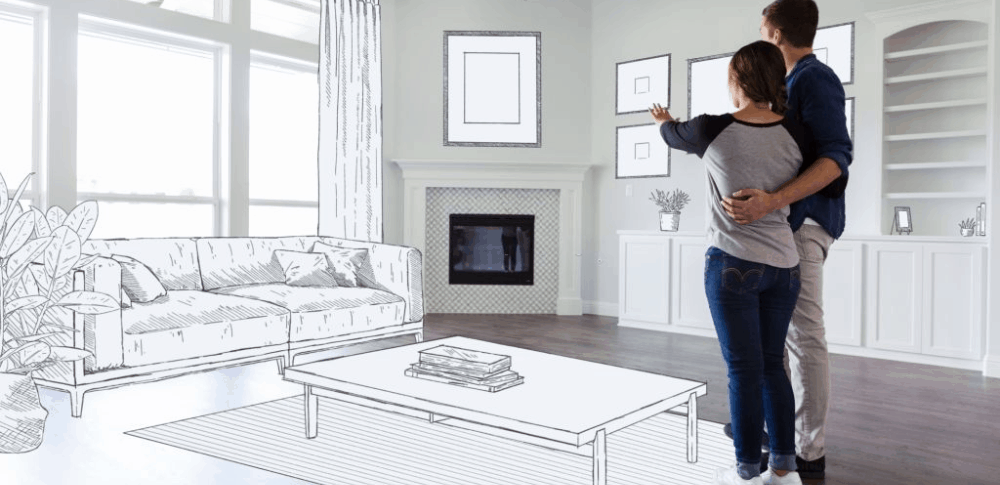


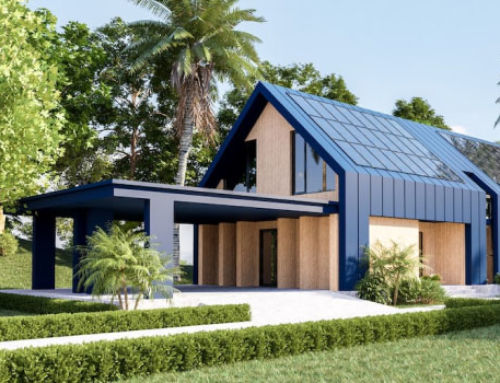
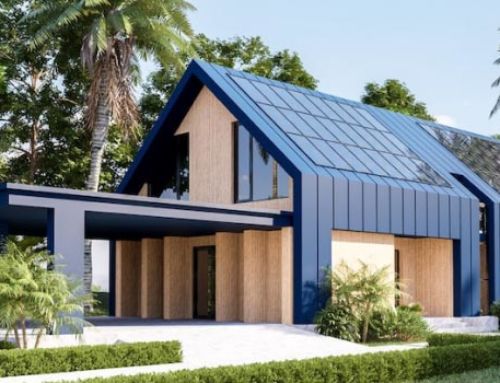
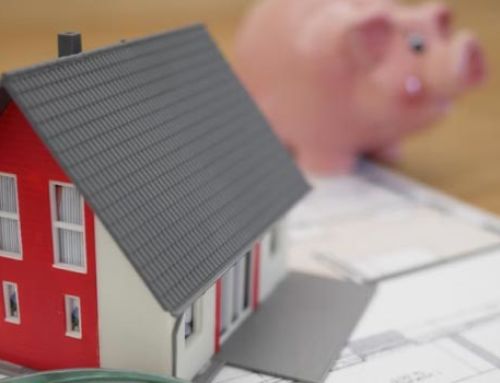
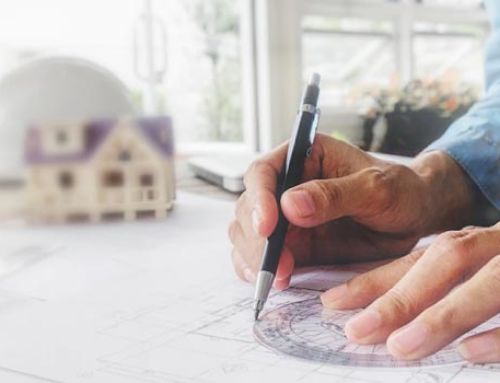
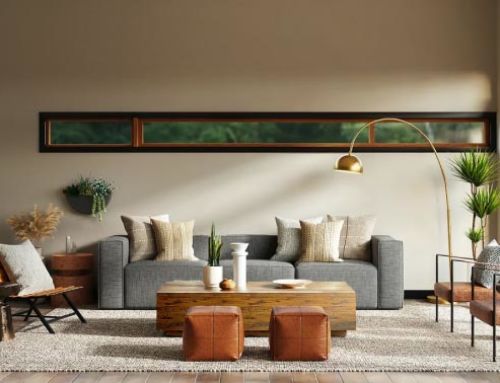
![How Much Does Home Design Cost in Canberra [Industry Pricing Revealed]](https://www.canberrahomebuilders.com.au/wp-content/uploads/2022/05/How-Much-Does-Home-Design-Cost-in-Canberra-500x383.png)